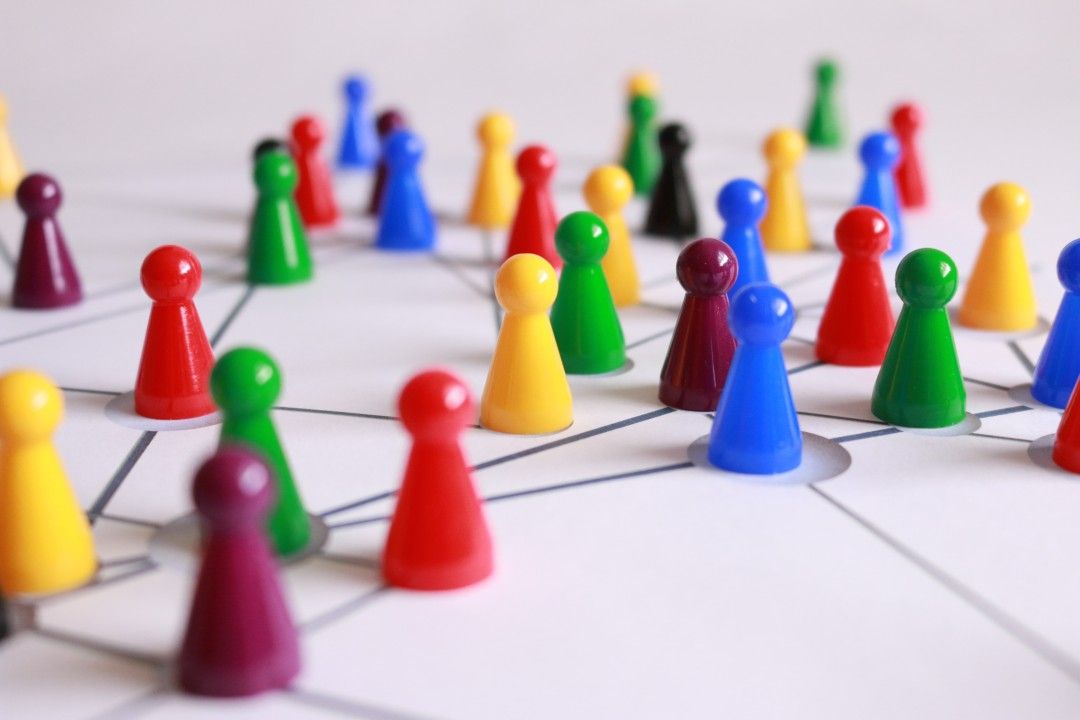In the technology world, jargon is commonplace - differentiating those in the know from those who think they know. Within the world of blockchain and decentralization, the story is no different. Although we may all use this great platform that we call the World Wide Web, did you know that we are already seeing its 2nd stage of evolution? Did you know that we are about to watch it head into its 3rd?
Web 1.0
Web 1.0 was a content driven platform known as a CDN (Content Delivery Network), filled with readable pages and little all else. The interaction between user and site in the internet’s infancy was little different to engaging with a book or magazine. Content was on show to be consumed, the conversation flowed only one way. In fact, the interaction between the consumer and the Web was so detached that at this stage even advertising online was banned.
Nothing really changed in the transition from this early iteration of the internet, until we found ourselves engaging differently with online platforms. With the rise of new web technologies, individuals were able to interact with the Web in a two-way discussion. Writing and publishing their thoughts and ideas in a dynamic manner and engaging with other user-created content. This is the Web we all know today, Web 2.0. From Wordpress to Facebook, the internet has developed into a complex tapestry, weaved from billions of materials through its countless amounts of daily interactions and developments.
So what is next?
Web 3.0 takes this engagement to a new domain, where interactivity takes place on all levels. From spatial engagement in 3D plains, to cross functional device connectivity and peer-to-peer networks. The overall transition takes us from an input driven Web to one supported by Artificial Intelligence. This AI’s function is to begin to process Semantic Metadata, that being the meaning of data and its relationship with other data. Every individual that accesses the Web 3.0 will find themselves engaging with individualised content, rather than the line of best fit for the masses.
This communicative aspect of Web 3.0 pinpoints one of the main attractions to users, and something which may look to disrupt businesses in the coming years. Currently large sites rely on databases or cloud servers to store their information. By altering this method of access from the servers, the web becomes decentralized. This means that the information is spread across the users rather than stored centrally, so they are in control of the data the possess. Such could spark a huge power shift from large corporations back to the user as data becomes the commodity of the individual rather than the giants.
In a time where personal data is seen as a force for control and regulations are being put into place to limit its transactional use, Web 3.0 might seem like a liberating force that we should welcome with open arms. However, the story is not all sunshine and rainbows. Moving to a decentralized Web also leaves the regulatory power, or lack thereof, in the hands of the individual. We have already seen in transfers of cryptocurrency that without institutional control, there is little to be done in the way of governance. Without a police force the individual may feel unshackled, but when a crime is committed, nobody is there to make the arrest. Web 3.0 looks to place the power into the user’s hands, but are we ready to hold it?



